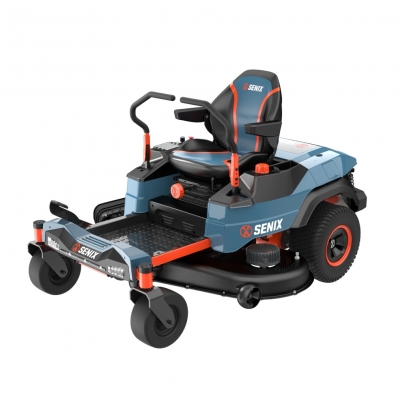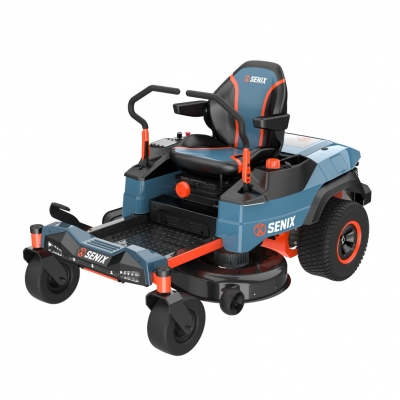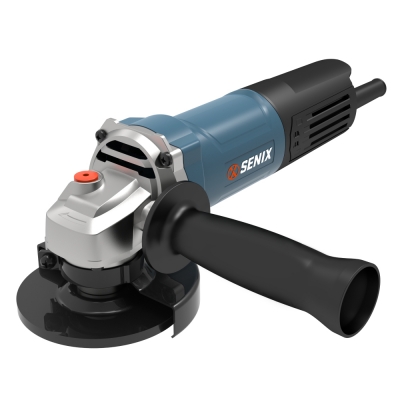Angle Grinder Uses for Garden Maintenance and Repair
Gardening involves more than just planting and watering—it often requires upkeep and repair work to keep tools, structures, and landscaping in optimal condition. Among the many tools available, the angle grinder stands out for its surprising versatility and effectiveness in garden maintenance. Originally designed for cutting and grinding metal, this handheld power tool has found numerous practical applications outdoors.
Understanding how an angle grinder can assist with garden tasks not only saves time but also boosts the quality of work.
Versatile Applications of Angle Grinders in Garden Maintenance
Cutting and Shaping Metal Garden Structures
Metal fences, trellises, and supports are common in many gardens. Angle grinders equipped with cutting discs allow precise trimming, resizing, or removal of rusted or damaged sections. This prevents structural failures and maintains garden aesthetics.Removing Rust and Paint from Tools and Surfaces
Gardening tools like shovels, rakes, and pruners often suffer from rust and old paint buildup. Using a wire brush attachment on an angle grinder efficiently strips away corrosion and prepares surfaces for repainting or protective coatings, extending tool lifespan.Trimming Pavers and Concrete Edges
For those maintaining paved paths or patios, an angle grinder fitted with a diamond blade can cut and shape concrete, bricks, or stone slabs. This is especially useful for fitting new pieces or reshaping damaged sections without heavy machinery.Pruning Thick Roots and Woody Stems
While angle grinders aren’t traditional gardening pruners, they can assist in cutting through stubborn thick roots or woody stems when fitted with the right blade. This helps during garden remodeling or removing invasive plants.Sharpening Garden Tools
Keeping blades sharp improves efficiency and reduces strain during gardening. Angle grinders with fine grinding wheels can quickly restore sharp edges on hoes, shears, and other cutting tools, ensuring cleaner cuts and healthier plants.
Safety Tips for Using Angle Grinders Outdoors
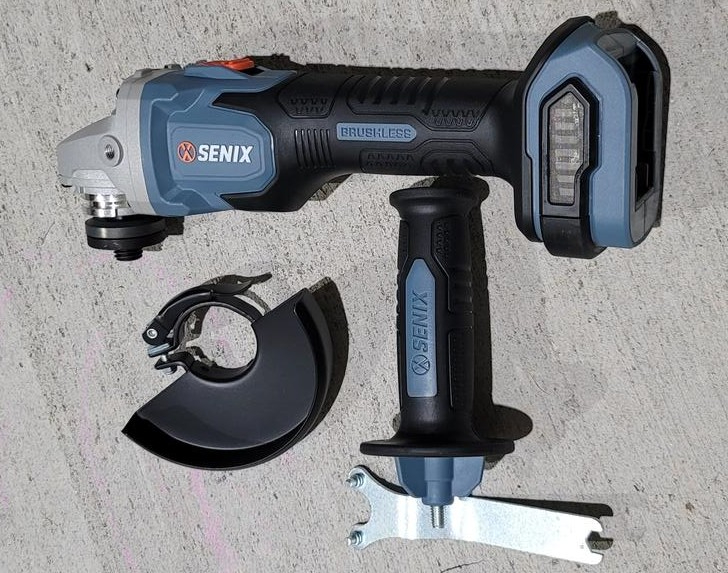
Using an angle grinder outdoors demands attention to safety:
Always wear protective gear: safety goggles, gloves, ear protection, and a dust mask.
Check that the grinding or cutting disc suits the material and task.
Secure the workpiece firmly to avoid slipping.
Avoid using grinders in wet conditions to prevent electrical hazards.
Maintain a clean work area free of dry leaves or flammable materials to reduce fire risk.
Benefits of Angle Grinders in Garden Repair
Incorporating an angle grinder into garden maintenance routines brings tangible benefits:
Efficiency: Tasks that would otherwise require multiple tools become manageable with one versatile machine.
Precision: Accurate cuts and smooth finishes lead to professional-looking repairs and installations.
Durability: Proper maintenance of garden metalwork and tools extends their usable life.
Cost-effectiveness: Reduces the need to hire professionals or rent specialized equipment for minor repairs.
The angle grinder is an unexpectedly valuable tool for garden maintenance and repair. Its multi-functionality addresses a wide range of tasks, from cutting metal supports to sharpening tools and trimming concrete edges. With proper use and safety precautions, gardeners can harness its power to keep their outdoor spaces functional, attractive, and well-maintained. Investing time in learning the right techniques with an angle grinder can elevate garden upkeep to a new level of efficiency and quality.

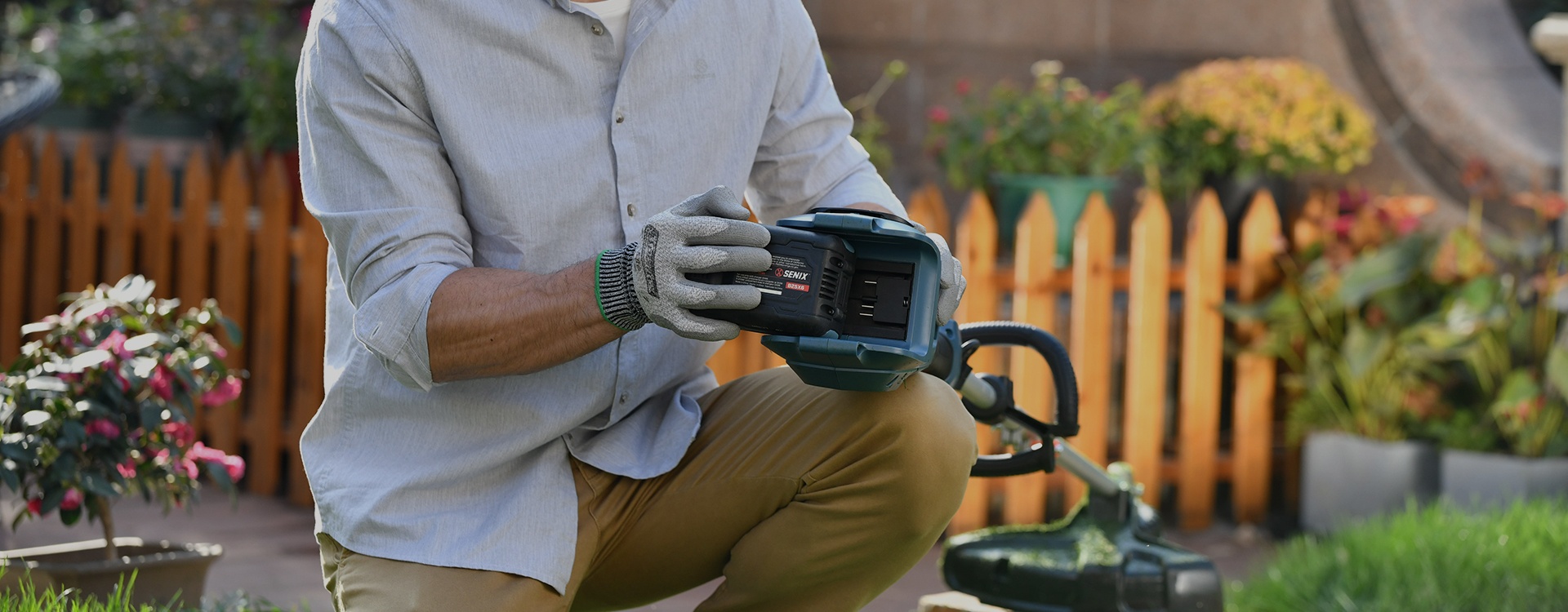
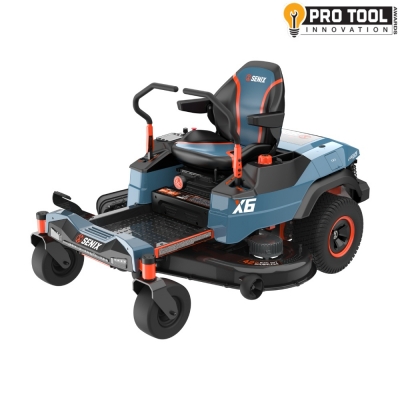
 (5.0)
(5.0)